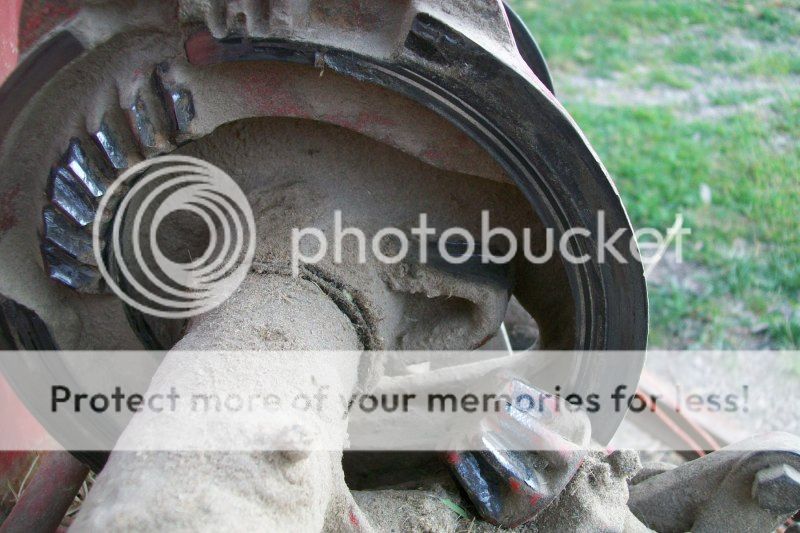Have been fighting this baler for several seasons. Whenever Itry to put any amount of hay through it, right knotter fails to work properly. Usually it fails to include the second (needle twine) in the knot, or simply ties the twine disk twine around it. If I move real slow, and run very thin windrows it will work OK, but as soon as I try to get any amount of hay throught it.... No where near even pushing it...
Have over the seasons, replaced about every part in it, except possibly the frame. Have worked it over time and time again, tweaked everything according to the manual. (Don"t tell me to get a manual, I have three, can quote about any line and paragraph...) Hay dogs & springs good, work fine. Twine fingers OK and seem to operate fine, have tried many adjustments. Twine finger actuating rod has been bent a couple times, but I have it nice and straight now. About the only thing the manual says that has me stumped is, "excessive space between plunger and top of bale chamber." Don"t know how to check for that one, but plunger seems to be riding fine, no wobble, etc. Short of pulling the plunger, I can"t see any way to inspect the plunger bearings.
This is on a NH 268 Hayliner, but it could as well be any small square, they all operate about the same.
Any suggestions? Nearest dealer/mechanic is over 30 miles away.
Have over the seasons, replaced about every part in it, except possibly the frame. Have worked it over time and time again, tweaked everything according to the manual. (Don"t tell me to get a manual, I have three, can quote about any line and paragraph...) Hay dogs & springs good, work fine. Twine fingers OK and seem to operate fine, have tried many adjustments. Twine finger actuating rod has been bent a couple times, but I have it nice and straight now. About the only thing the manual says that has me stumped is, "excessive space between plunger and top of bale chamber." Don"t know how to check for that one, but plunger seems to be riding fine, no wobble, etc. Short of pulling the plunger, I can"t see any way to inspect the plunger bearings.
This is on a NH 268 Hayliner, but it could as well be any small square, they all operate about the same.
Any suggestions? Nearest dealer/mechanic is over 30 miles away.


